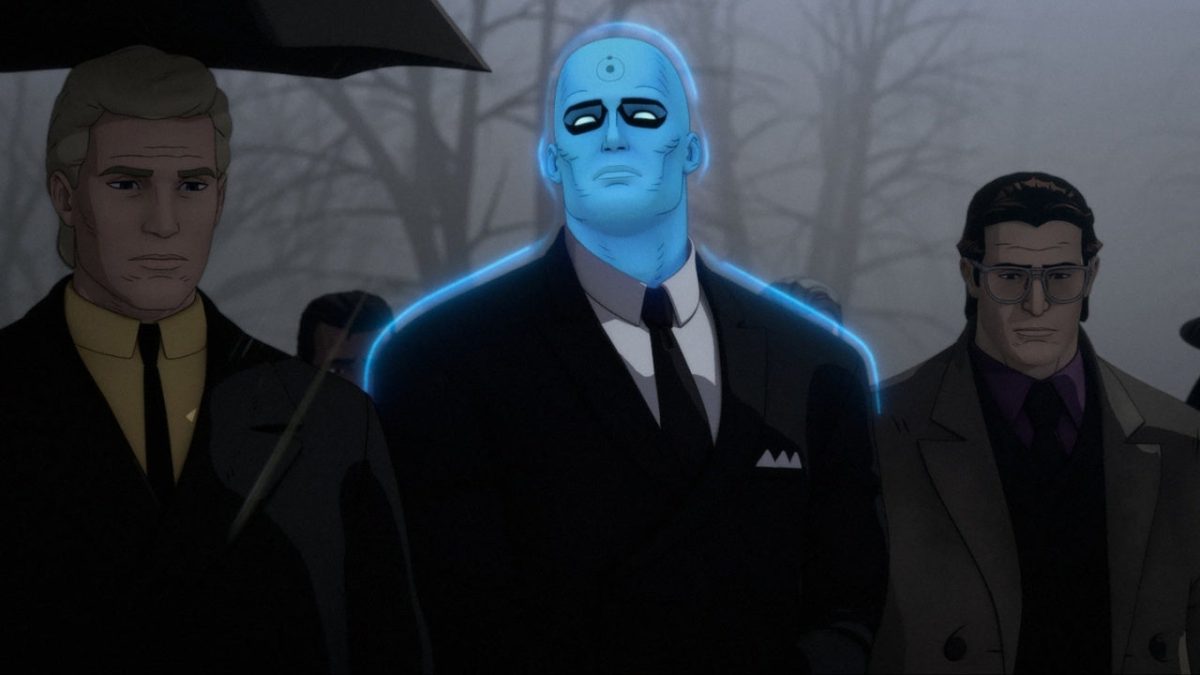The art of adapting a previously popular work to the big screen is a particularly tricky proposition.
Stray too far from the original source material, and you could be accused of ruining a classic. Concerned moviegoers might wonder, for example, why a director like Jonathan Demme chose to take the delightfully fun and mod Audrey Hepburn/Cary Grant caper Charade and pump it full of confusing allusions to The French New Wave. They also might wonder why he thought Mark Wahlberg looked anything but ridiculous in a beret.
Stay too close to the original source material, and why bother? Why watch a shot-for-shot remake of Alfred Hitchcock’s classic thriller, Psycho, when the genuine article already exists? Gus Van Sant learned the hard way in 1998 that people aren’t necessarily interested in buying a ticket to a movie that they’ve already seen when he tried that very thing, mistakenly assuming that Anne Heche is a reasonably valid substitute for Janet Leigh.
It’s a fine line, really, for anyone attempting to adapt something people love. Maybe that’s why Hollywood of late has been fond of taking films popular in their own country and Americanizing them for Middle America. It’s easier to market a remake as a fresh and original idea when your core audience is barely familiar with the source material. A slew of horror films in recent years (The Ring, The Grudge, Quarantine, Dark Water, Mirrors, et cetera) all started life as a popular film in another country before a studio head snatched up the rights, and their financial success seems to indicate that the strategy is working.
But horror is not the only genre Hollywood is co-opting.
This weekend, Universal Pictures is releasing State of Play, a political, newspaper thriller starring Helen Mirren, Russel Crowe and Rachel McAdams, based off of the British miniseries of the same name from 2003. As a fan of the original, this film (directed by Kevin MacDonald of The Last King of Scotland) has a lot to live up to.
The miniseries, sporting a six-hour, crisscrossing narrative, follows the investigation of the apparent suicide a government researcher after a connection is discovered between her and an urban youth murdered in what appears to be a professional hit.
But the basic intrigue at the center of the film is only a small part of what makes the series as good as it is. The deliberately-paced way in which the story unravels over the entire six hours, slowly and painstakingly as more and more details come to light, allows the audience to connect with and understand the characters. The lead journalist on the case is a jaded cynic.
His oldest friend is a wunderkind politician whose relationship with the dead girl could ruin everything.
The strange and eye catchingly-dressed business man with ties to the dead girl isn’t what he seems and certainly isn’t who he claims to be.
You get the picture.
Taking such a complicated story and boiling it down into a two-hour pot boiler is a daunting proposition, one I hope the makers of this film were prepared for.
But, really, even if they weren’t, a remake can never erase the existence of the original, no matter the quality or the success.
At worst, it can make it look better by comparison.
24 Frames Per Second is a bimonthly column written by arts editor Will Holston, a junior in the College of Arts and Sciences, on the art of film.







